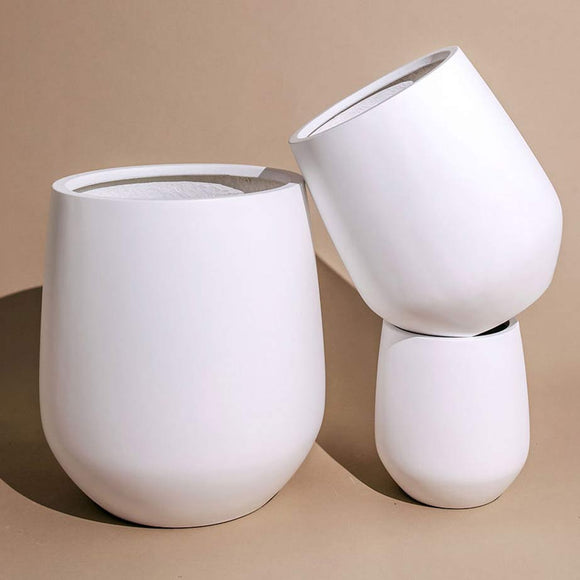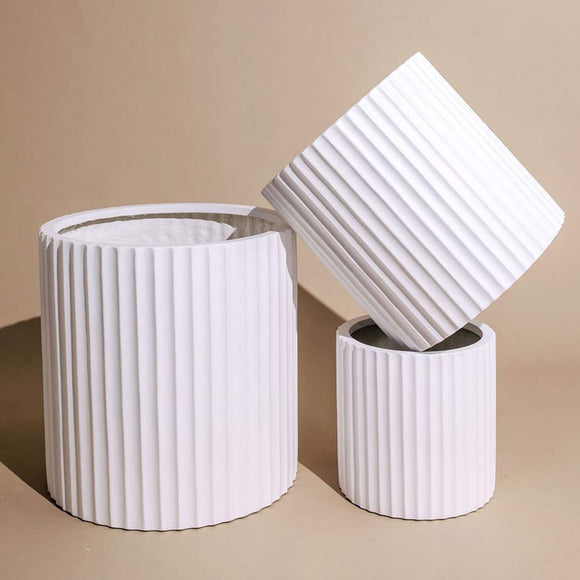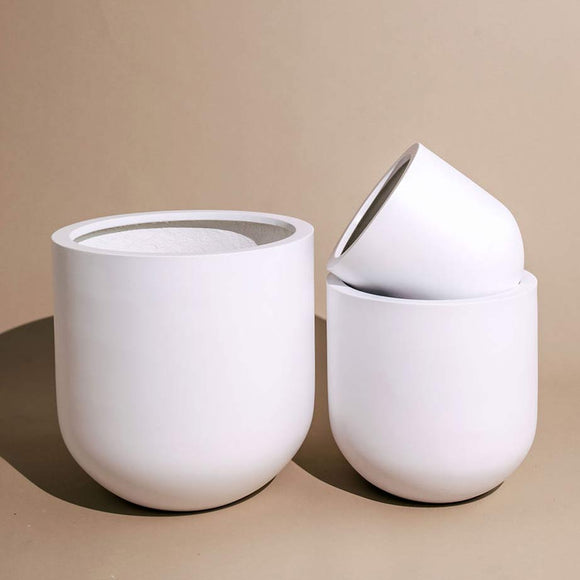Anthurium Laceleaf
The world of indoor plants is teeming with wonders, but one stands out with its vibrant allure and exotic charm – the Anthurium Laceleaf. This tropical treasure is a true gem, known for its unique, heart-shaped, glossy leaves and enchanting blooms. In this blog post, we'll dive deep into the world of Anthurium Laceleaf, exploring everything from its care requirements to fascinating fun facts.

General Care
Light:
Anthurium Laceleaf plants thrive in bright, indirect sunlight. It's best to place them near an east-facing window where they can enjoy the morning sun without exposure to harsh afternoon rays. If you don't have sufficient natural light, consider using a grow light to maintain their health and vibrancy.
Water: Keep the soil consistently moist but not waterlogged. Water your Anthurium when the top inch of soil feels dry to the touch. Watering once a week is usually sufficient, but the frequency may vary depending on factors like temperature and humidity. Always ensure good drainage to prevent root rot.
Humidity:
Hailing from tropical regions, Anthurium Laceleafs adore high humidity. To mimic their natural environment, consider misting your plant regularly or placing it on a tray filled with water and pebbles. You can also use a humidifier to maintain the ideal moisture level.
Soil:
A well-draining, airy potting mix is key to success with Anthurium Laceleaf. A mix that combines perlite, peat moss, and orchid bark provides excellent drainage and aeration. Repot your plant every 2-3 years to refresh the soil and ensure optimal growth.

Common Problems and Prevention:
Yellowing Leaves:
Yellowing leaves are often a sign of overwatering. Ensure your Anthurium's pot has drainage holes and that you're not allowing water to accumulate in the saucer. Adjust your watering schedule to prevent waterlogged roots.
Brown Edges on Leaves:
Brown leaf edges may result from low humidity. Increase humidity levels by misting or using a humidifier. Trimming the brown edges can help improve the plant's appearance.
Pests:
Keep an eye out for common indoor plant pests like aphids and mealybugs. If you notice any pests, gently wipe the leaves with a damp cloth or use insecticidal soap to control the infestation.
Slow Growth:
If your Anthurium Laceleaf is growing slowly, it may need more light. Move it closer to a window or provide supplemental lighting with a grow light. Also, ensure it's in a proper-sized pot with fresh, well-draining soil.
Fun Facts!
- Heart-Shaped Leaves: Anthurium Laceleaf's leaves are heart-shaped, symbolizing love and happiness, making it a popular choice as a gift for loved ones.
- Long-Lasting Blooms: The colourful, waxy spathes resembling flowers can last for weeks or even months. They come in various shades, including red, pink, and white.
- Scientific Name: The scientific name "Anthurium" comes from the Greek words "anthos" (flower) and "oura" (tail), referring to the unique, tail-like spike known as the spadix.
We have plenty of other plants for you to discover in our Plant Guide.
















